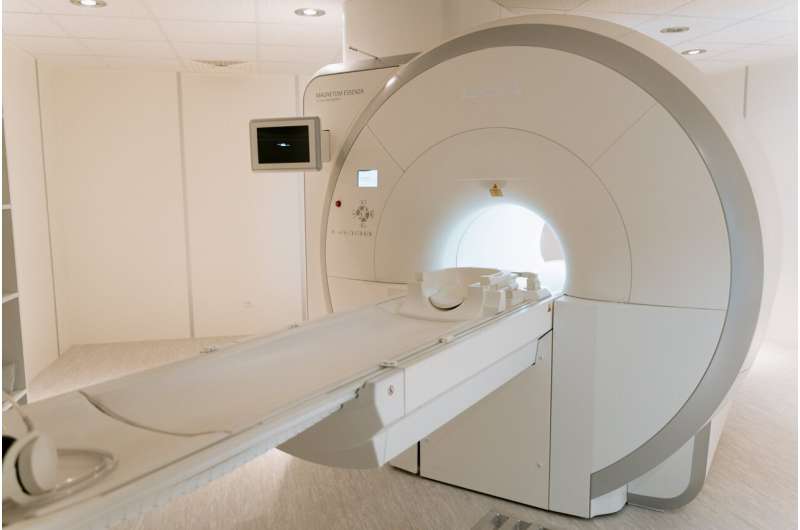Hyperbaric Oxygen Therapy Offers Long-Term Relief for Cancer Patients with Radiation Side Effects

Hyperbaric oxygen therapy (HBOT) has shown promising results in providing sustained relief for cancer patients suffering from late-onset radiation-induced injuries, particularly in the lower abdominal region. A comprehensive study conducted by the University of Gothenburg demonstrated that five years after undergoing HBOT, patients experienced long-lasting improvements in symptoms such as urinary incontinence, bleeding, and severe pain.
Radiation therapy, a common component of cancer treatments targeting organs like the prostate, colon, ovaries, and cervix, is effective in destroying tumor cells. However, a portion of patients—approximately 5% to 10%—develop severe side effects due to damage to healthy tissues caused by radiation. These adverse effects can include chronic pain, bleeding, and urinary difficulties, which may emerge several years post-treatment, significantly impairing quality of life.
The study involved participants suffering from these serious side effects, initially experiencing severe symptoms. Those treated with HBOT received 90-minute sessions daily, over 30 to 40 occasions, at a pressure equivalent to being 14 meters below water, enhancing oxygen delivery to damaged tissues. The control group received conventional treatments, such as medications and physiotherapy.
Results indicated that patients receiving HBOT experienced marked improvements in incontinence, bleeding, and pain, with these benefits persisting over a five-year follow-up, indicating durable long-term effects. The primary mechanism involves high oxygen levels stimulating blood vessel growth and reducing chronic inflammation, aiding tissue healing.
Despite the proven benefits, many eligible patients remain untreated due to lack of awareness or referral. Experts highlight that expanding the availability and knowledge of HBOT could allow more patients to benefit, potentially enabling higher radiation doses during cancer therapy, which could increase cure rates. Moreover, ongoing research is exploring whether early intervention with HBOT might prevent the development of such late radiation injuries.
The study’s findings, published in eClinicalMedicine, are based on surveys and analyses from 70 adult participants across several Nordic university hospitals, including Denmark, Finland, Norway, and Sweden. The research underscores the potential of HBOT as a vital tool in managing radiation side effects, ultimately improving long-term recovery and quality of life for cancer survivors.
Stay Updated with Mia's Feed
Get the latest health & wellness insights delivered straight to your inbox.
Related Articles
'I Get to Love You with Two Hearts': A Mom's Journey Through a Complex Double-Organ Transplant
A mother’s remarkable journey from congenital heart disease to thriving after a complex double-organ transplant at the University of Chicago Medicine demonstrates hope and advanced medical possibilities.
Uncovering the Hidden History of Fundraising for Hospital Imaging Technology
A groundbreaking report uncovers the vital role of fundraising in bringing advanced medical imaging technology to UK hospitals, highlighting decades of community efforts that have shaped modern healthcare.
Halal Concerns Fuel Vaccine Hesitancy Amid Indonesia's Measles Outbreak
Vaccine hesitancy in Indonesia is rising due to halal concerns surrounding pig-derived stabilizers, impacting efforts to control a severe measles outbreak. Learn about the cultural challenges and ongoing health initiatives.



